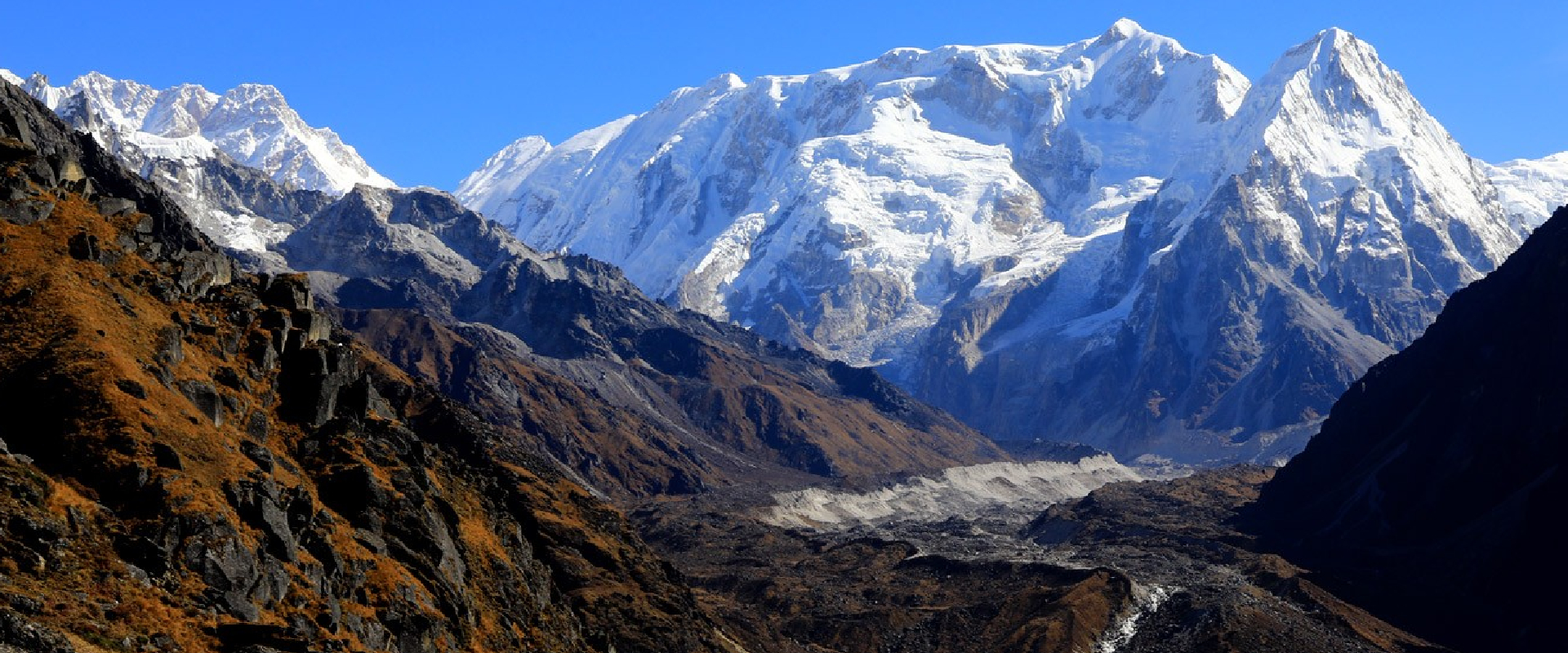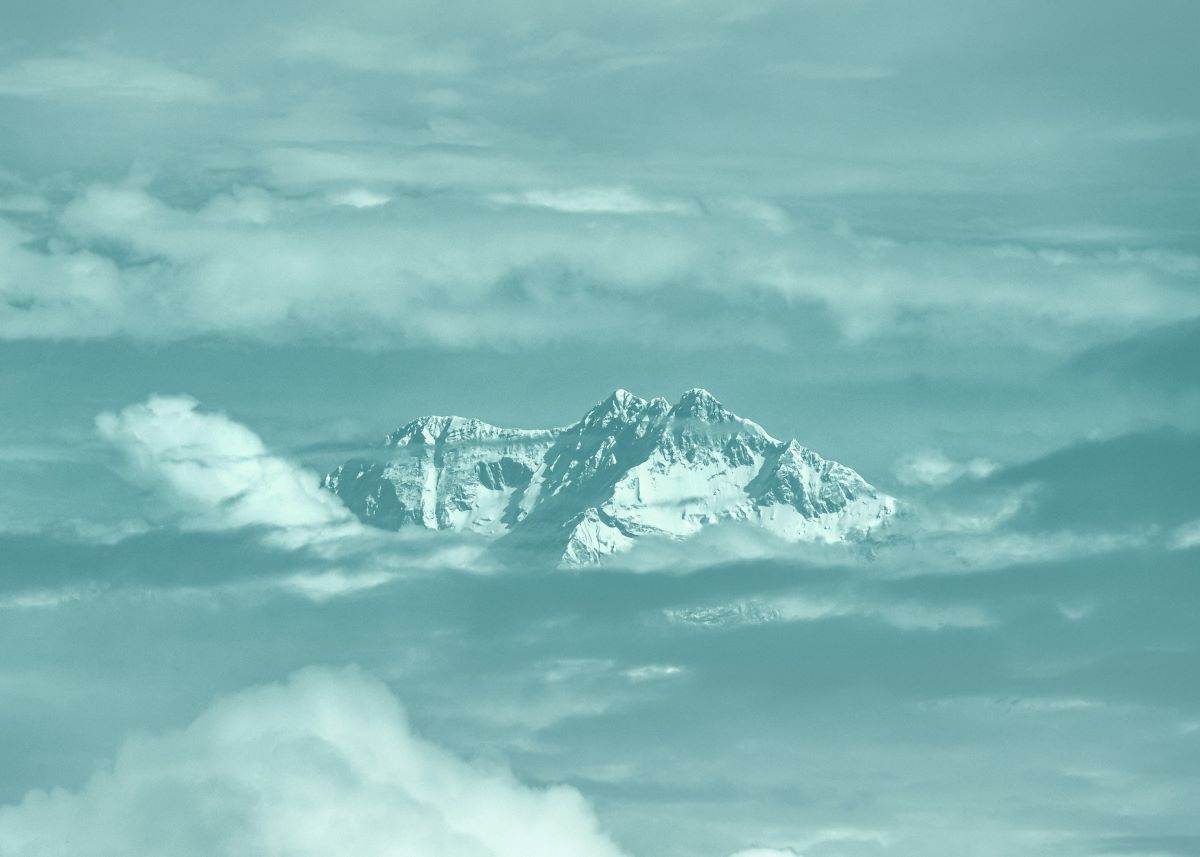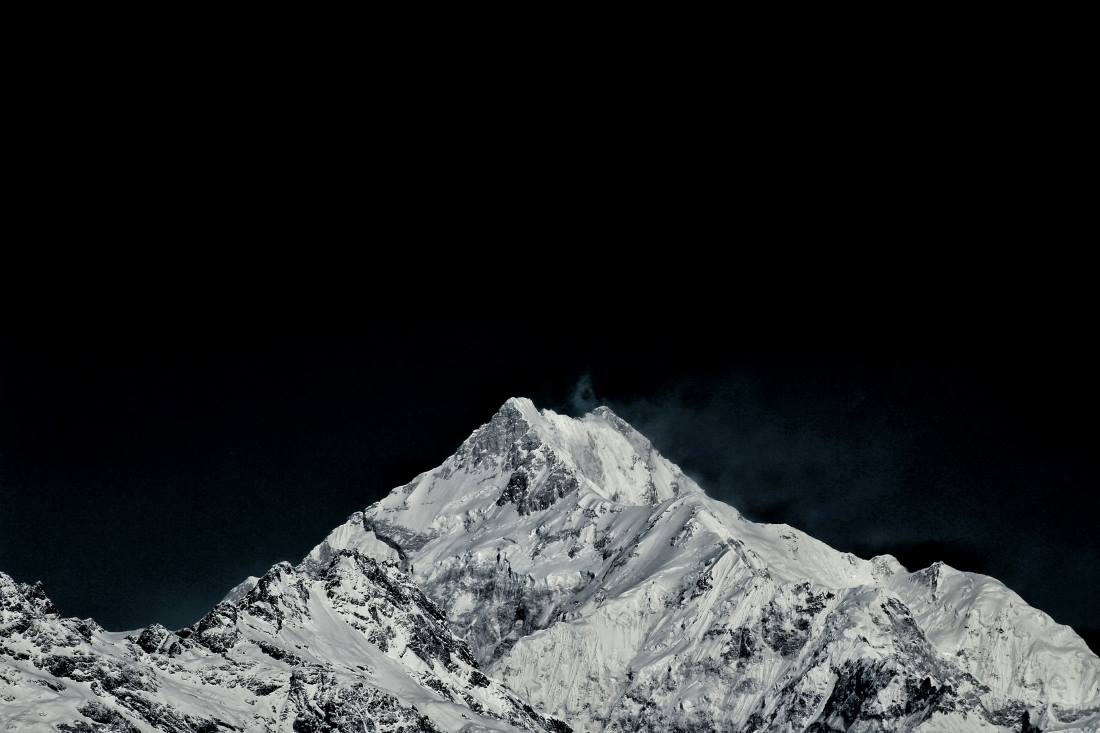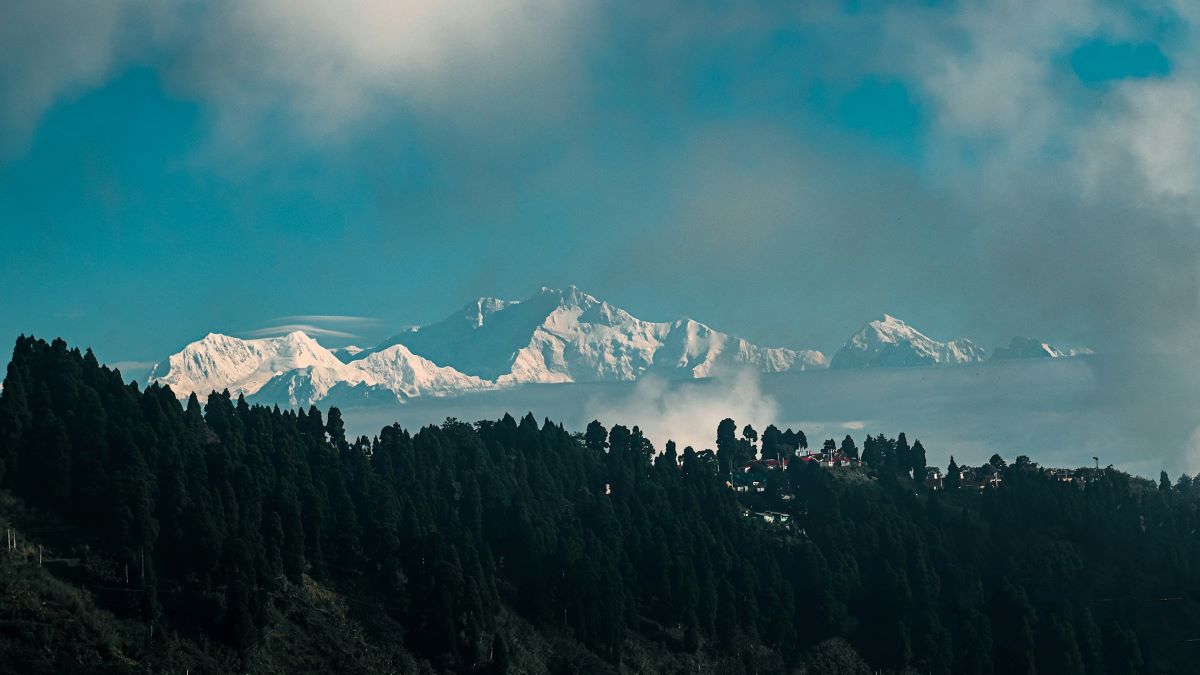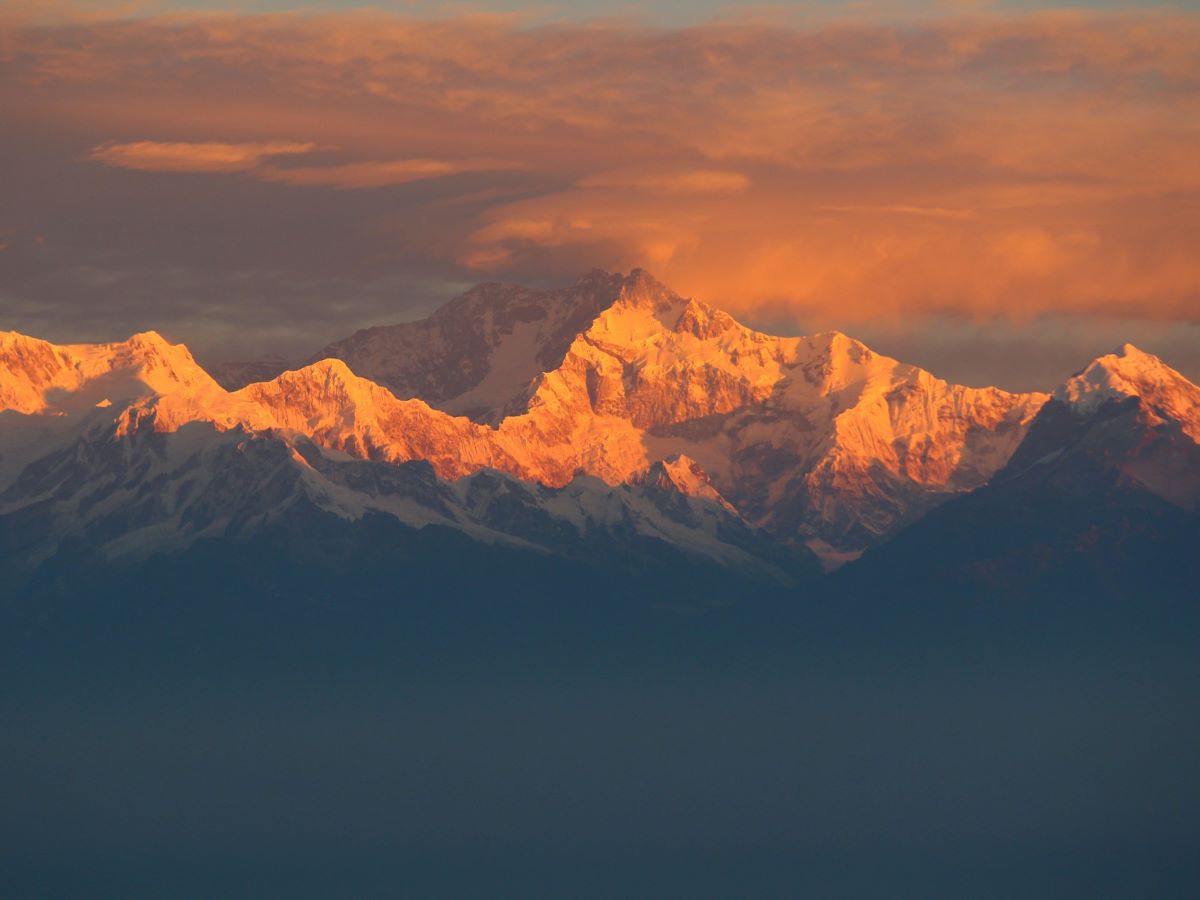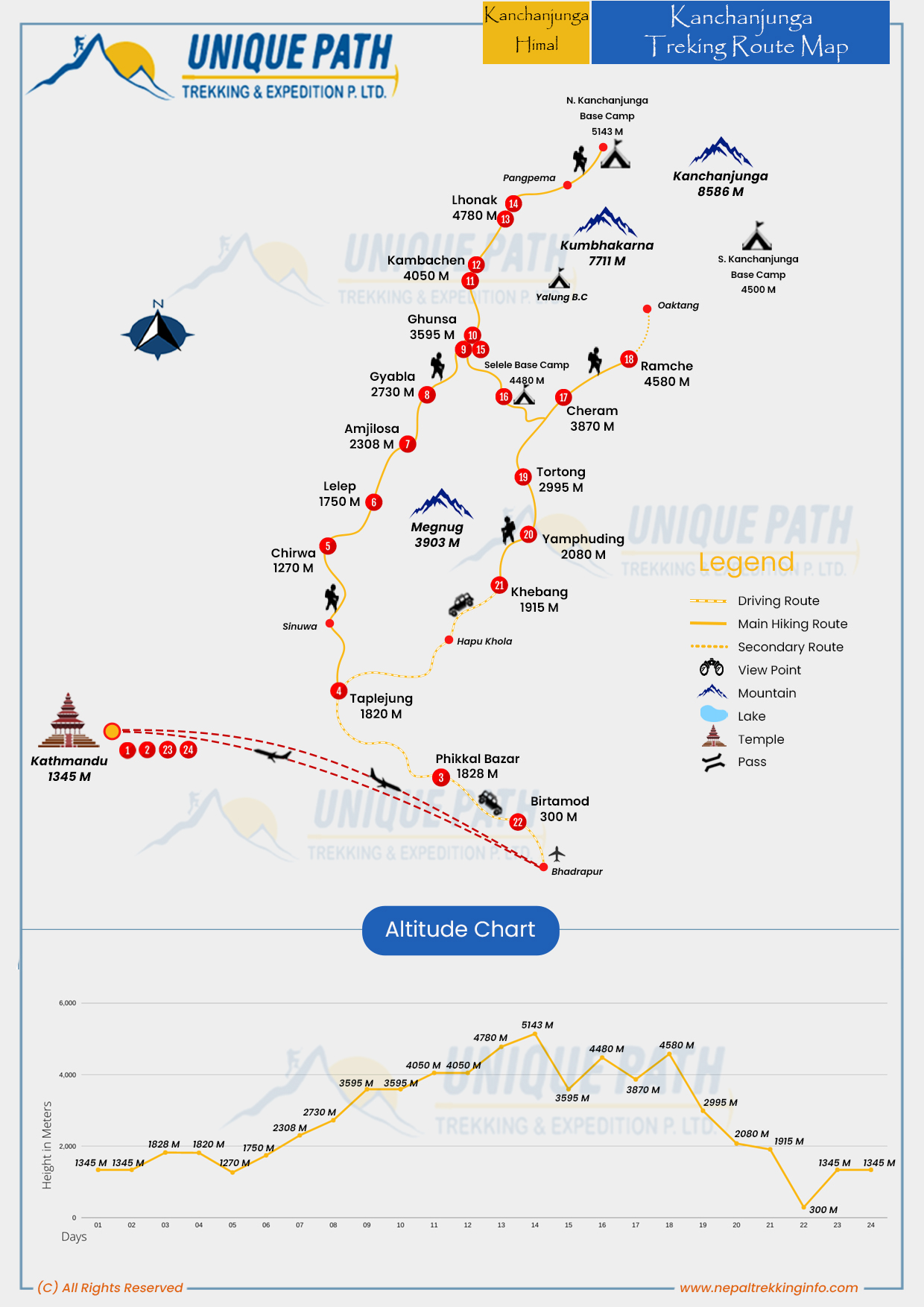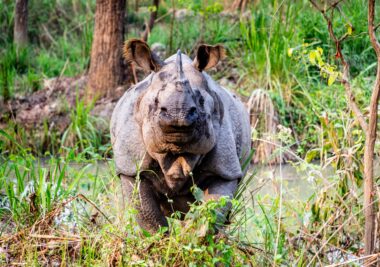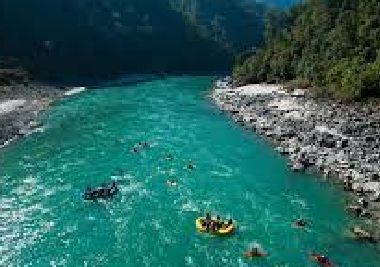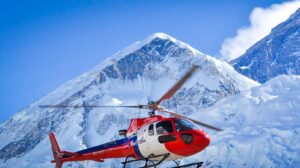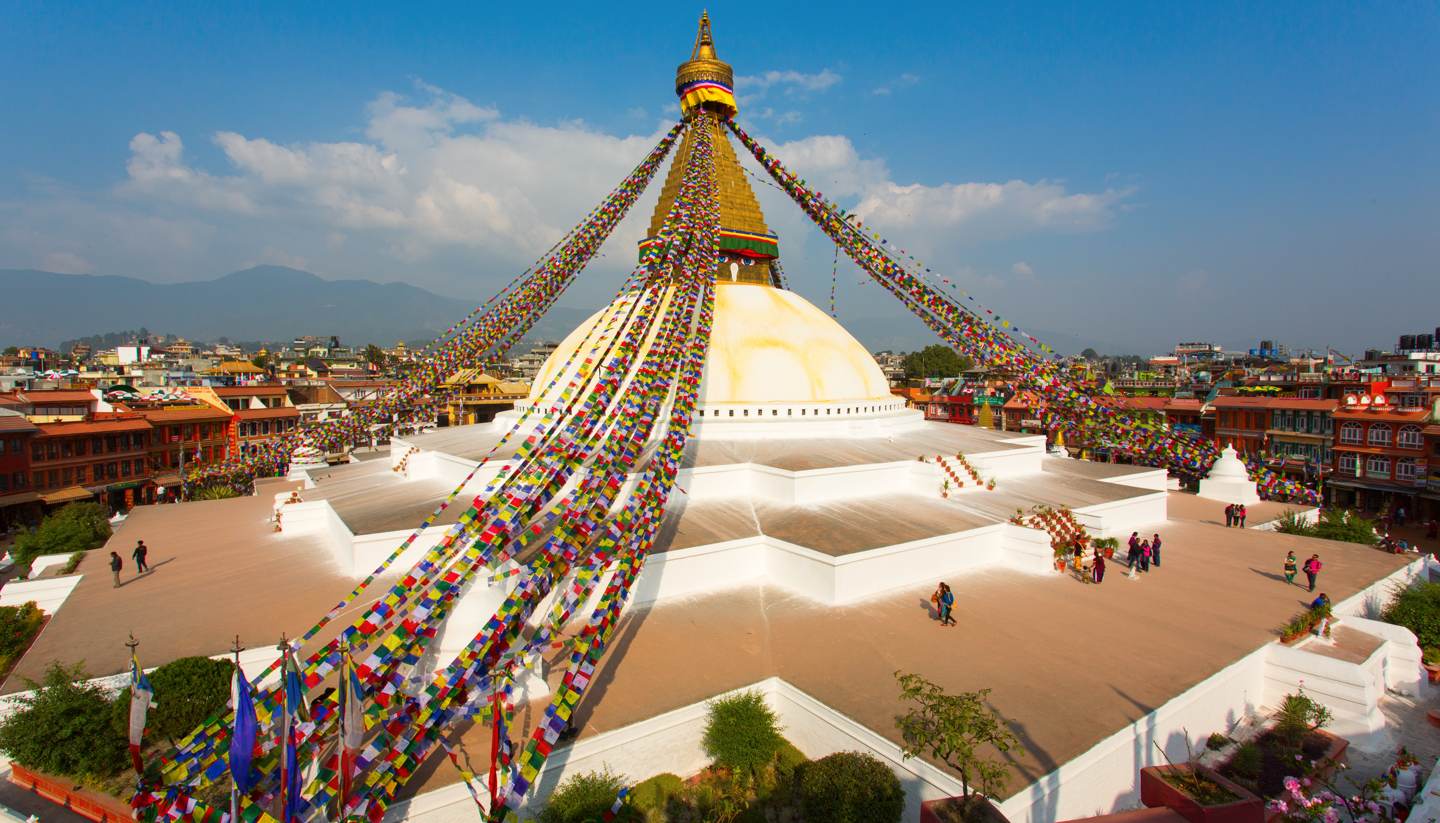Kanchenjunga Trek is an awe-inspiring journey that takes you to the heart of the Himalayas in eastern Nepal. Which is near the border with Sikkim, India.
Furthermore, the trek leads you to the base camp of the majestic Mount Kanchenjunga. The third-highest peak in the world. Where you’ll be rewarded with breathtaking views of the Kanchenjunga massif and the surrounding peaks.
As you traverse the remote and rugged landscape. Likewise, you’ll pass through lush rhododendron forests, rolling high-altitude meadows, and charming villages, offering you a rare glimpse into the lives of the diverse ethnic communities that call this region home.
Likewise, you’ll have the opportunity to interact with the locals and taste traditional cuisine. And learn about their customs and traditions, making this trek a true cultural adventure.
Similarly, the trek typically takes two to three weeks to complete, starting from Taplejung or Suketar and ending in Illam. Although it requires a good level of physical fitness and experience, the sense of accomplishment and the memories you’ll make will make it all worth it.
Lastly, the Kanchenjunga Trek is a true test of willpower and endurance, but for those up for the challenge, it’s an unforgettable adventure in the heart of the Himalayas.
